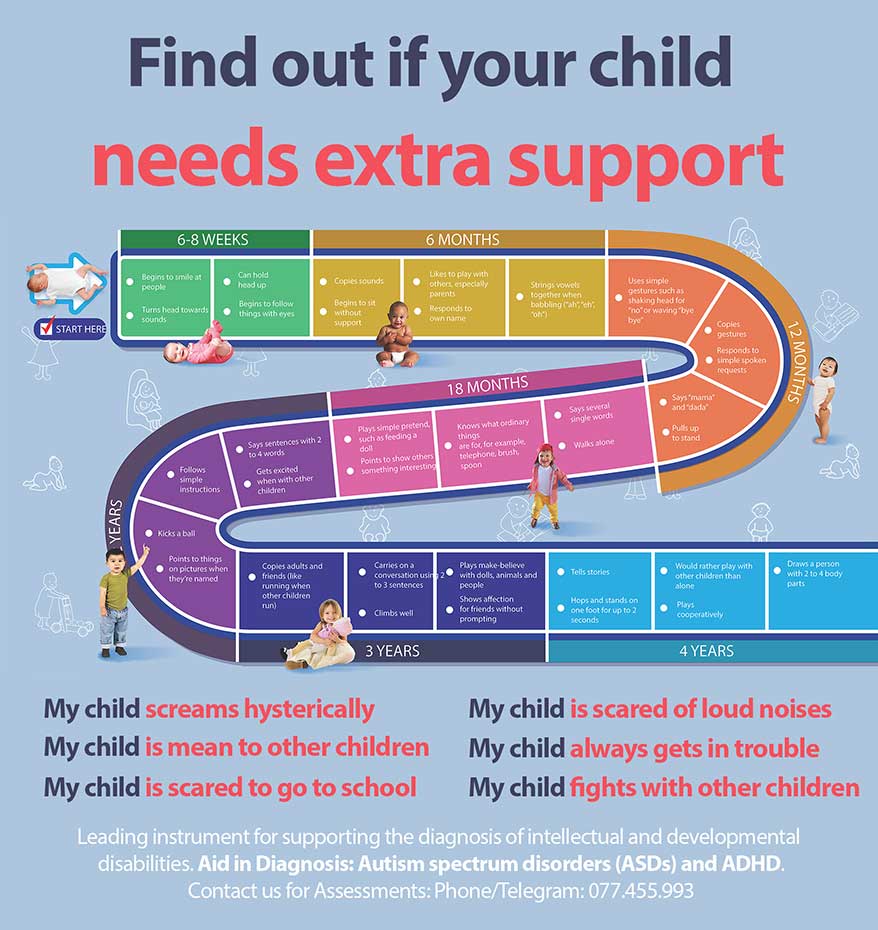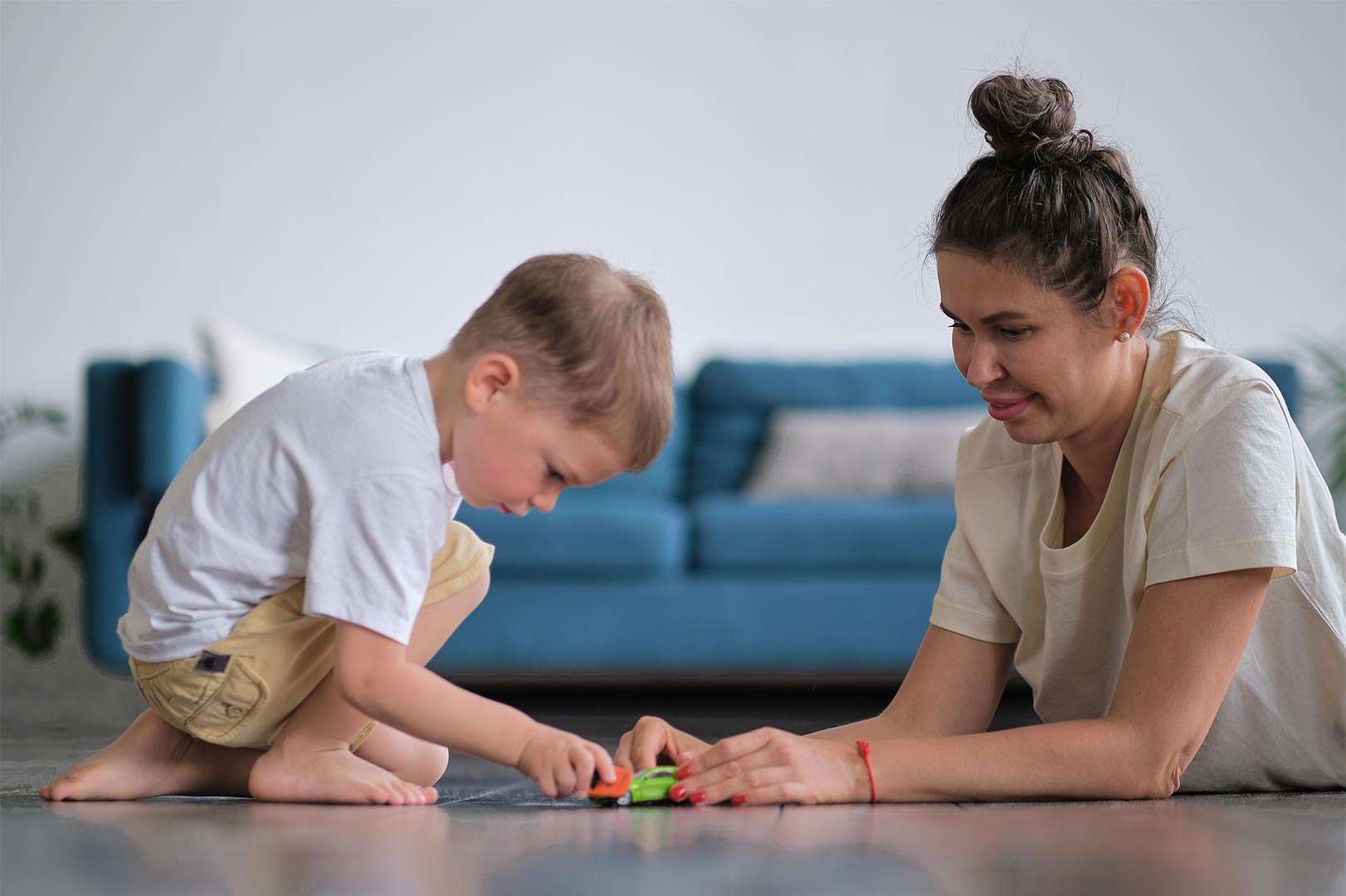Students with special needs come in all shapes and sizes, with a wide range of learning abilities and challenges. That’s why it’s so important for teachers to use a variety of instructional strategies to meet the needs of all their students.
In this blog post, we will discuss 10 effective instructional strategies that can be used to help students with special needs succeed. These strategies include:
- Differentiated instruction: This involves adapting the curriculum and teaching methods to meet the individual needs of each student.
- Scaffolding: This provides students with the support they need to learn new concepts, such as providing step-by-step instructions or breaking down tasks into smaller steps.
- Visual aids: These can help students understand complex concepts by making them more concrete and easier to visualize.
- Modeling: This involves demonstrating a skill or task for students to observe and imitate.
- Guided practice: This gives students the opportunity to practice a skill or task with support from the teacher.
- Independent practice: This allows students to practice a skill or task on their own.
- Feedback: This provides students with information about their progress and helps them identify areas where they need to improve.
- Reinforcement: This rewards students for their efforts and helps them stay motivated.
Let’s take a closer look at each of these strategies in more detail.
Differentiated instruction is a teaching approach that recognizes that all students learn differently. It involves adapting the curriculum and teaching methods to meet the individual needs of each student. This can be done by adjusting the pace of instruction, providing different levels of support, or using different teaching materials.
Scaffolding is a teaching strategy that provides students with the support they need to learn new concepts. It involves breaking down a task into smaller steps, providing step-by-step instructions, and offering prompts and cues as needed. Scaffolding can be gradually withdrawn as students become more independent.
Visual aids can be a helpful way to make abstract concepts more concrete and easier to understand. They can also help students with attention difficulties stay focused. Visual aids can take many forms, such as charts, graphs, diagrams, pictures, and videos.
Modeling is a teaching strategy in which the teacher demonstrates a skill or task for students to observe and imitate. This can be a helpful way for students to learn new skills, especially if they are visual learners.
Guided practice is a teaching strategy in which students practice a skill or task with support from the teacher. This can help students learn the steps involved in a task and get feedback on their performance.
Independent practice is a teaching strategy in which students practice a skill or task on their own. This can help students solidify their learning and become more independent.
Feedback is information that is given to students about their progress. It can be used to help students identify areas where they need to improve and to track their progress over time. Feedback can be provided verbally, in writing, or through a combination of both.
Reinforcement is a reward that is given to students for their efforts. It can be used to motivate students and help them stay on track. Reinforcement can take many forms, such as praise, stickers, or tangible rewards.
These are just a few of the many instructional strategies that can be used to help students with special needs succeed. The best way to choose the right strategies is to consider the individual needs of each student. By using a variety of strategies, teachers can create a more inclusive and supportive learning environment for all students.
Find out if your child needs extra support today!
- My child screams hysterically
- My child is mean to other children
- My child is always worried
- My child is scared to go to school
- My child is scared of loud noises
- My child doesn’t know how to read
- My child is scared to play outside
- My child does not respond to his name
- My child always gets in trouble
- My child fights with other children
- My child doesn’t know how to count
If you are concerned about your child’s development, contact us for Assessments: Phone/Telegram: 077.455.993 – Telegram Link: https://t.me/OrbRom
If you are concerned about your child’s development, contact us for Assessments.
Phone/Telegram: 077.455.993 Link: https://t.me/OrbRom






Leave A Comment